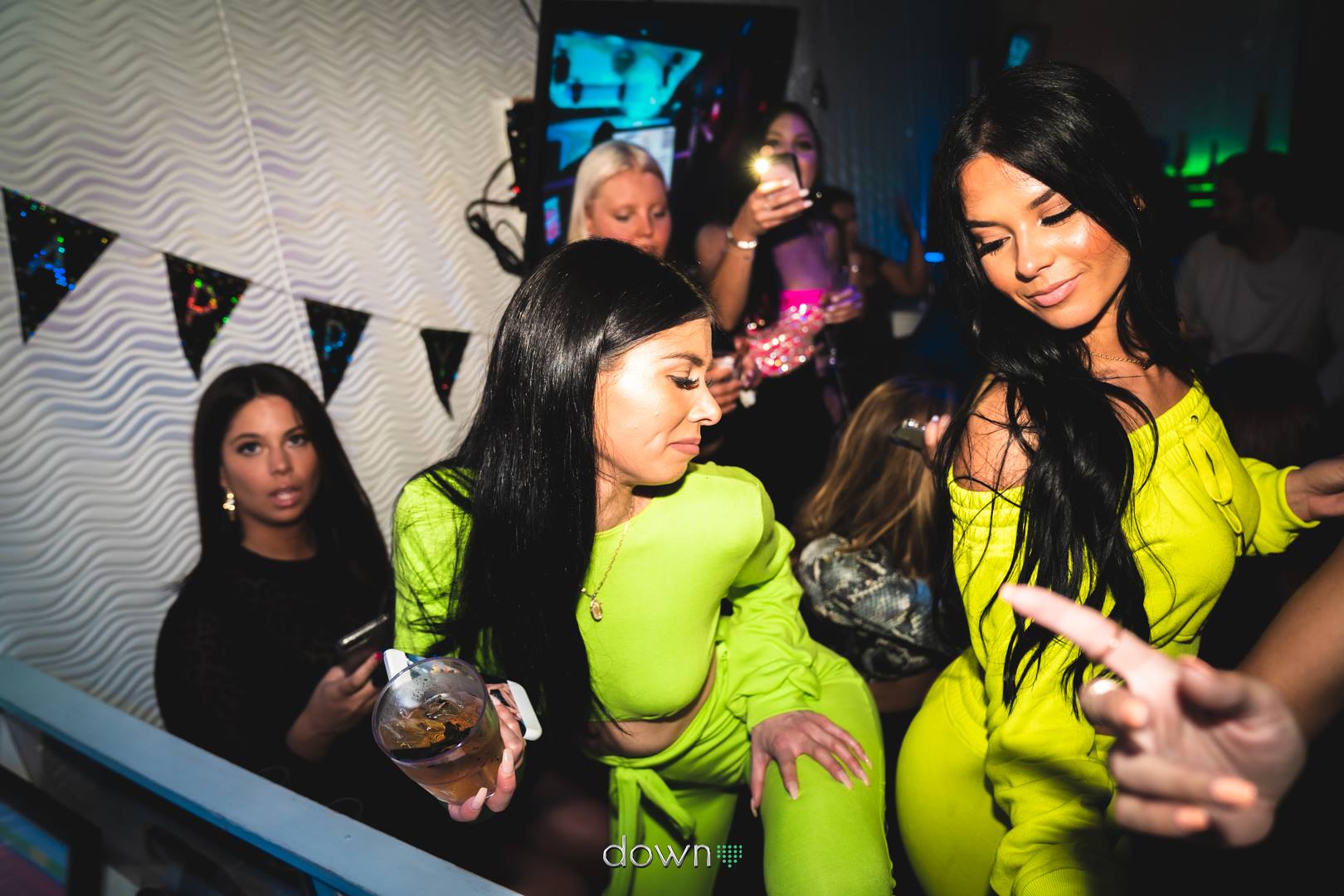

They’re kind of like the Apostles of the sexual revolution.”ĭJs at the clubs began playing music created by gay men, openly sexual women, and black artists. “If you don’t have the gays you wouldn’t have the culture,” Joey Arias, a gay performing artist told the museum. The rioting became a catalyst for the sexual revolution, which then gave way to disco fever. The movement really began with the Stonewall Riots of 1969, the first major incident in which gay men took a collective and forceful stand against police brutality. “Because we didn’t have a lot of money, because we weren’t famous, because I wasn’t a model, it had to be really creative.”ĭisco’s roots in gay activism are often forgotten today. “We would spend a week just working on one outfit,” now-nightclub owner Eric Goode said of how regular people could stand out.

While most media outlets focused on the celebrities at these clubs, Bernstein felt the not-so-ordinary ordinary attendees often made more intriguing subjects. Mesmerized, he’d stay there for the next two years. While on an assignment covering Lillian Carter for The Village Voice in 1977, Bernstein found himself in the heart of the blossoming movement. Some of the best looks were documented by photographer Bill Bernstein.

“If you didn’t have a good look, you couldn’t go in.” “Nobody ever repeated what they wore the night before, the week before, or the month before,” musical artist Corey Day said. People gathered in bellbottoms, scarves, thongs, feathers, platform shoes, velvet vests, ruffled shirts, quaffed hair, and makeup that took hours to apply. That didn’t mean the style bar wasn’t high. They were really the stars, which makes sense because they were just the most beautiful and exciting people in the club.” “If you were really young and hot, or weird and queer - especially trans women - it was your scene. “In a sense, they were making it so that normal or ‘vanilla’ people weren’t allowed in and the most extravagant people were,” said Lissa Rivera, the curator for the Museum of Sex’s Night Fever exhibit. The owners of now-iconic clubs like Studio 54, The Electric Circus, Ice Palace 57, and Hurrah created spaces for New Yorkers to explore their own sexualities and embrace different means of self-expression. “Be seen, be loved, be picked up, be drugged, be sexed, be crazy,” Maripol, an artist and fashion designer, remembered of the general vibe of the music craze. The rules were off, and young people embraced their new-found freedom to the fullest. With Renaissance thrusting Grace Jones and disco culture back into the spotlight, it only feels right to re-examine some of the icon’s most fashion-forward looks.The trend that defined a decade began in New York clubs, where the “cool” factor shifted from trend followers to people who couldn’t care less about what everyone else was doing. Such an aesthetic was not only visually pleasing, but also sharply political-especially when the AIDS crisis cast a dark shadow over queer nightlife. Her style was firmly rooted in campy, queer-coded aesthetics-worn during performances at bygone queer disco clubs like 12 West and Palladium. She crafted a lasting image through her geometric haircut, club-kid makeup, and penchant for the weirdest and most brazen pieces by designers like Thierry Mugler and Kenzo. Grace Jones has explored the experimental edges of fashion and beauty throughout her career. Bey also paid tribute to the enduring icon in the album's visuals, donning Mugler-inflected pieces throughout the promotional photos. This fact was reiterated recently through pop extraordinaire Beyoncé tapping Jones for a feature on her ballroom-tinged, “disco trap” record Renaissance. Her imprint on style and culture is everlasting. She effortlessly embodied the opulent club style of the late 70s and 80s, beaming out a vision of avant-garde pop to the world. Grace Jones-the singer, model, and actor-is an undisputed style icon.


 0 kommentar(er)
0 kommentar(er)
